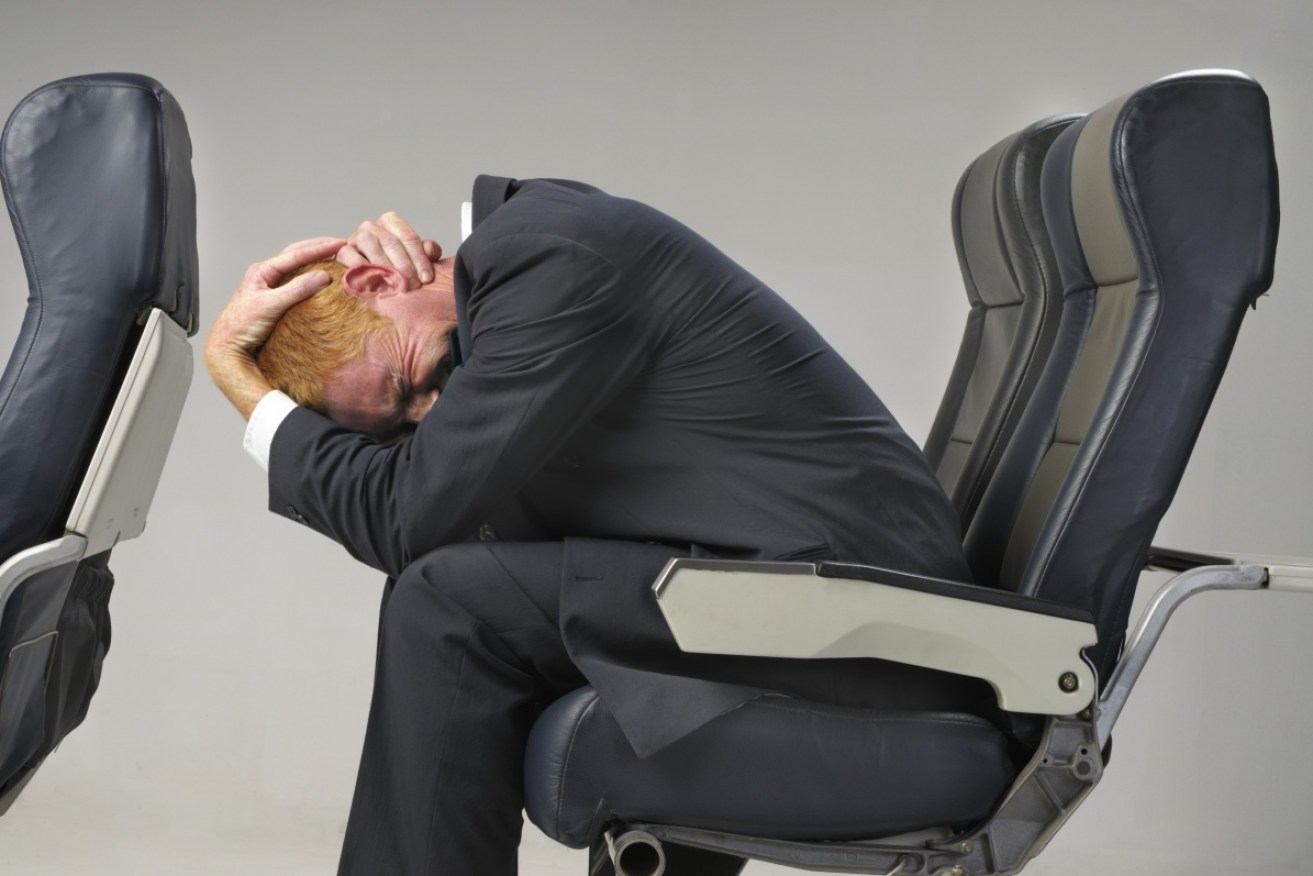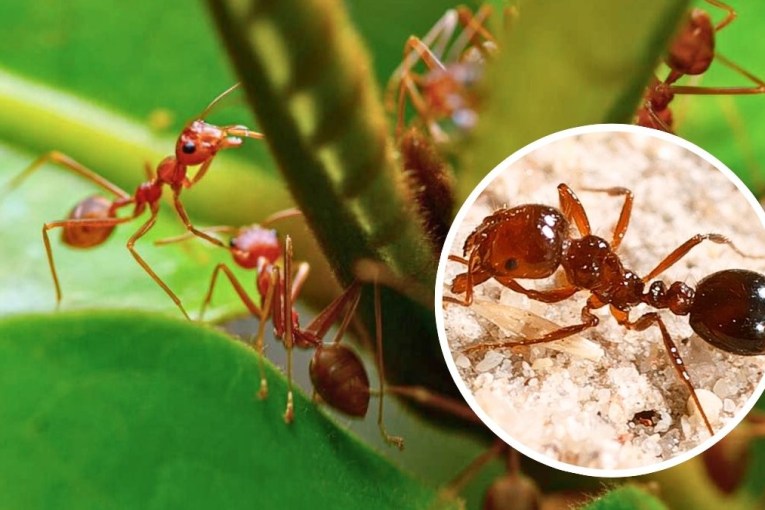Fasten your seat belts! Climate change is making it a much bumpier flight


Turbulence is predicted to worsen with global warming. But the airport security gate might pose a bigger threat. Photo: Getty
Buckle in for a bumpier ride, air travellers. New climate change modelling has forecast a rise in severe flight turbulence conditions due to global warming.
A recent study, published in the Advances in Atmospheric Sciences journal, predicts that doubling CO2 levels will triple incidents of severe turbulence – the sort that could throw passengers around the cabin like rag-dolls if they don’t keep their seat belts fastened.
Conservative estimates indicate an average 790 episodes of turbulence result in 55 serious injuries to flight attendants and passengers travelling with scheduled US carriers. These same turbulent flights are figured to cause 687 minor injuries to flight attendants and 120 to passengers.
And the more violent the turbulence, the more serious the injuries that will be inflicted on passengers and flight attendants as turbulence worsens.
University of Reading’s Paul D. Williams, from the Department of Meteorology, said estimates suggest commercial aircraft are currently suffering 5,000 encounters with “severe” turbulence each year.
He modelled the impact of stronger “wind shear”, a major cause of turbulence on flights during the winter in the North Atlantic corridor which is the busiest oceanic airspace in the world.
Three years ago, Associate Professor Williams found that wind shear strength in the atmospheric jet streams increases with global warming — and controversially predicted a significant rise in moderately bumpy rides by the mid-century.
Wind shear refers to vertical and horizontal changes in wind speed and its direction over a short distance – random, violent gusts.
Associate Professor Williams says a patch of turbulence generally endures over about five “white-knuckled” minutes of flight time, covering a distance of 60 kilometres, and is one kilometre thick.
In 2013 Mr Williams predicted that journey times could lengthen and fuel consumption — and emissions — could increase as carriers attempt to avoid turbulence by plotting longer routes away from known danger areas.
While the impact of aircraft on global warming has long been widely accepted, his research was the first to investigate the impact of climate change on the airline industry — think of the 99 cents you’re asked to voluntarily pay to offset your carbon footprint.
The new study is the first to analyse climate change driven turbulence across a range of intensities and how it will affect injury rates.
Mr Williams said the cost to US carriers alone is almost US$200 million each year, while other researchers estimate a lower damage bill of US$100 million.
These estimates are based on damage to airframes and cabins, flight delays, inspections, repairs, and post-accident investigations, as well as any injury costs.
But Mr Williams said the actual injury rate is likely to be much higher because many incidents go unreported.
Operational planning to cope with a future increase in turbulence is made trickier by the projected future growth of the aviation sector, he told The New Daily.
Mr Williams said that global air traffic has experienced an average long-term growth rate of five per cent per year, which corresponds to a doubling period of about 14 years.
According to Boeing’s market outlook, this trend is expected to continue for at least the next 20 years. This could mean greater competition for safer routes and increased costs for passengers.
Climate change’s role impact on aviation was initially alluded to following the crash of AirAsia flight QZ8501about two years ago.
The airline’s CEO Tony Fernandes said climate change may have played a part, linking dangerous weather conditions to flooding in Malaysia and Thailand.








